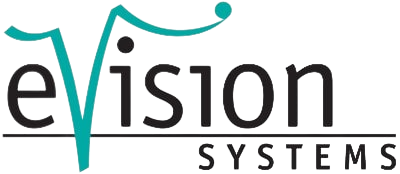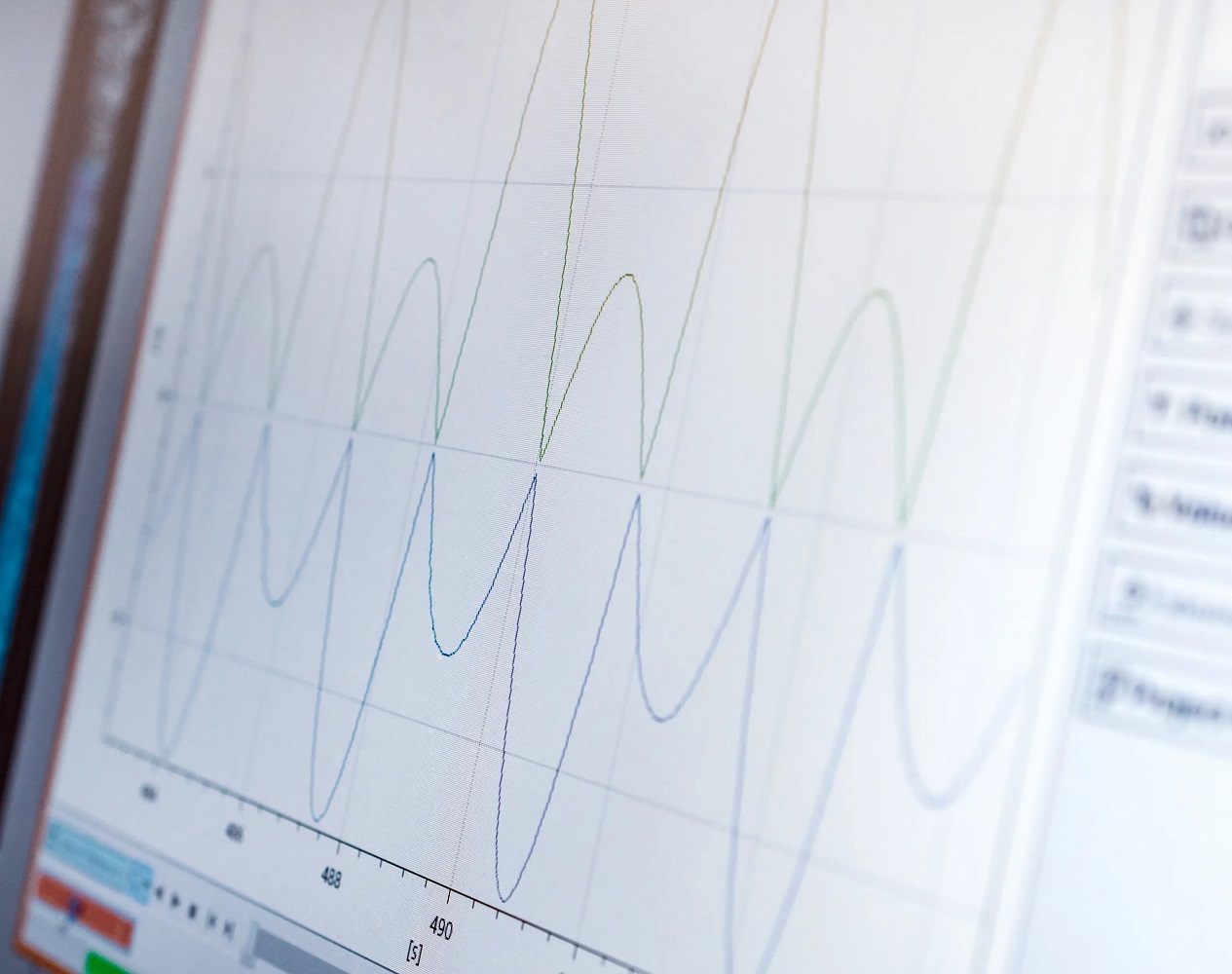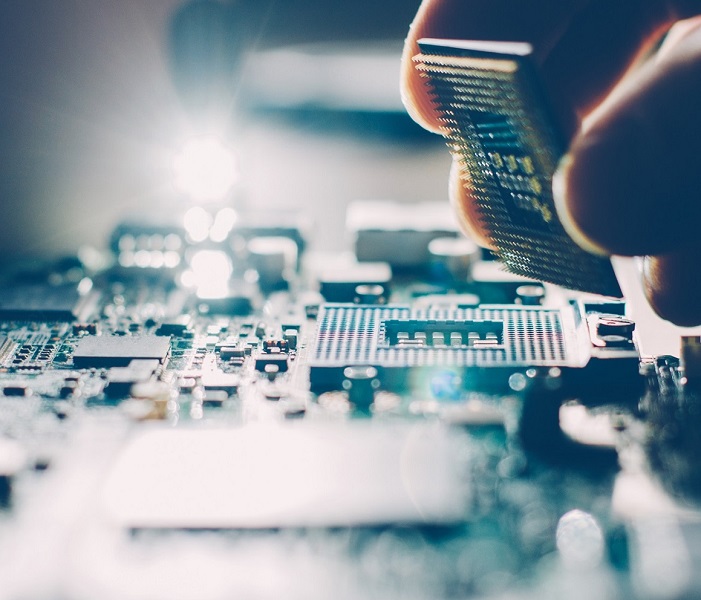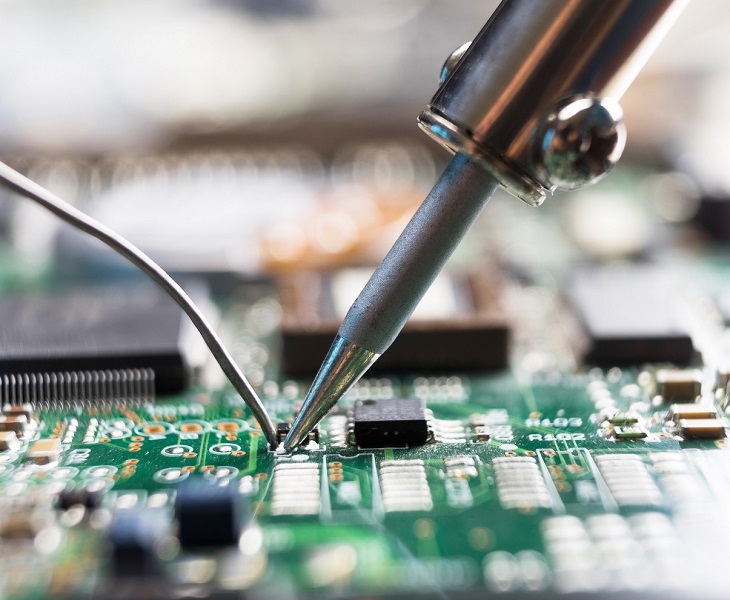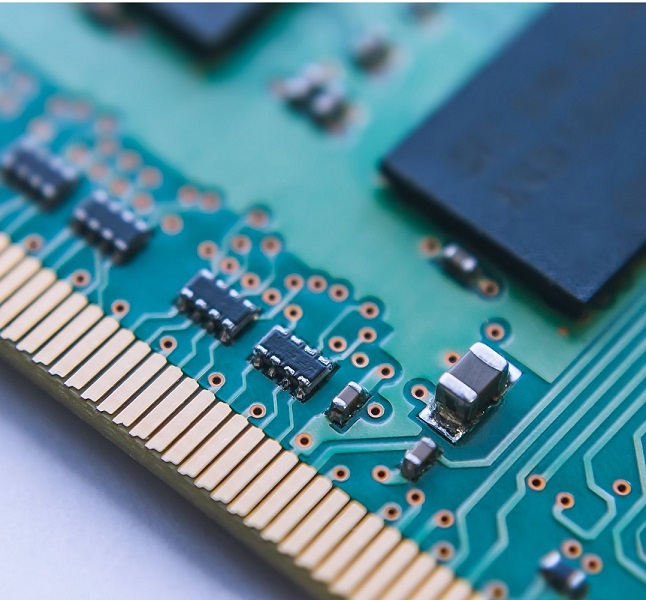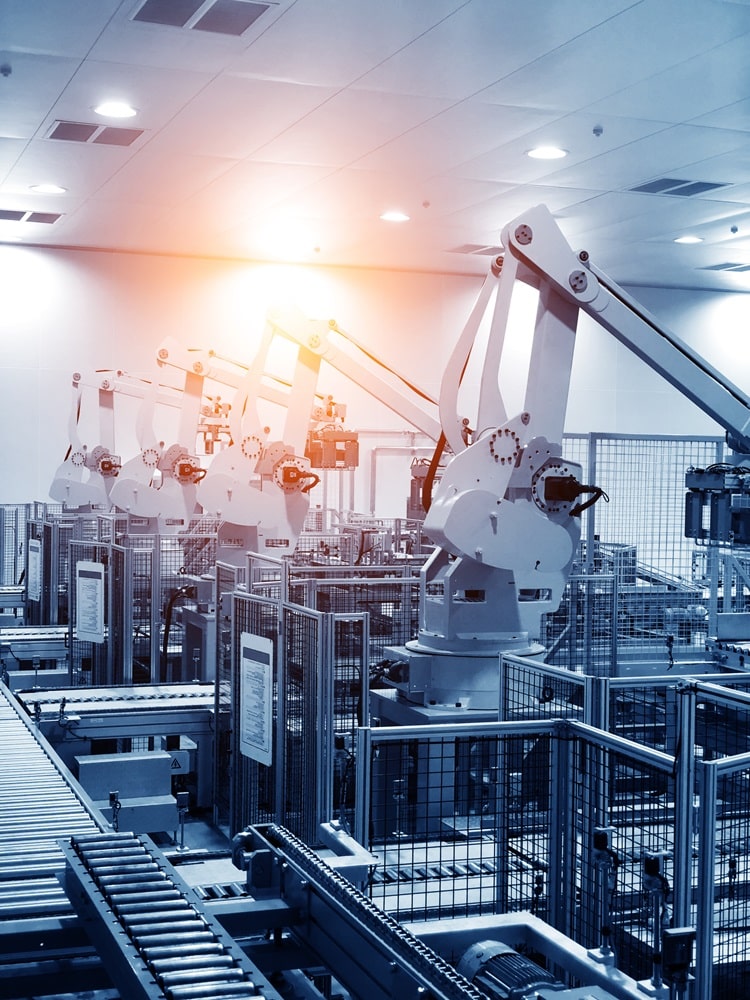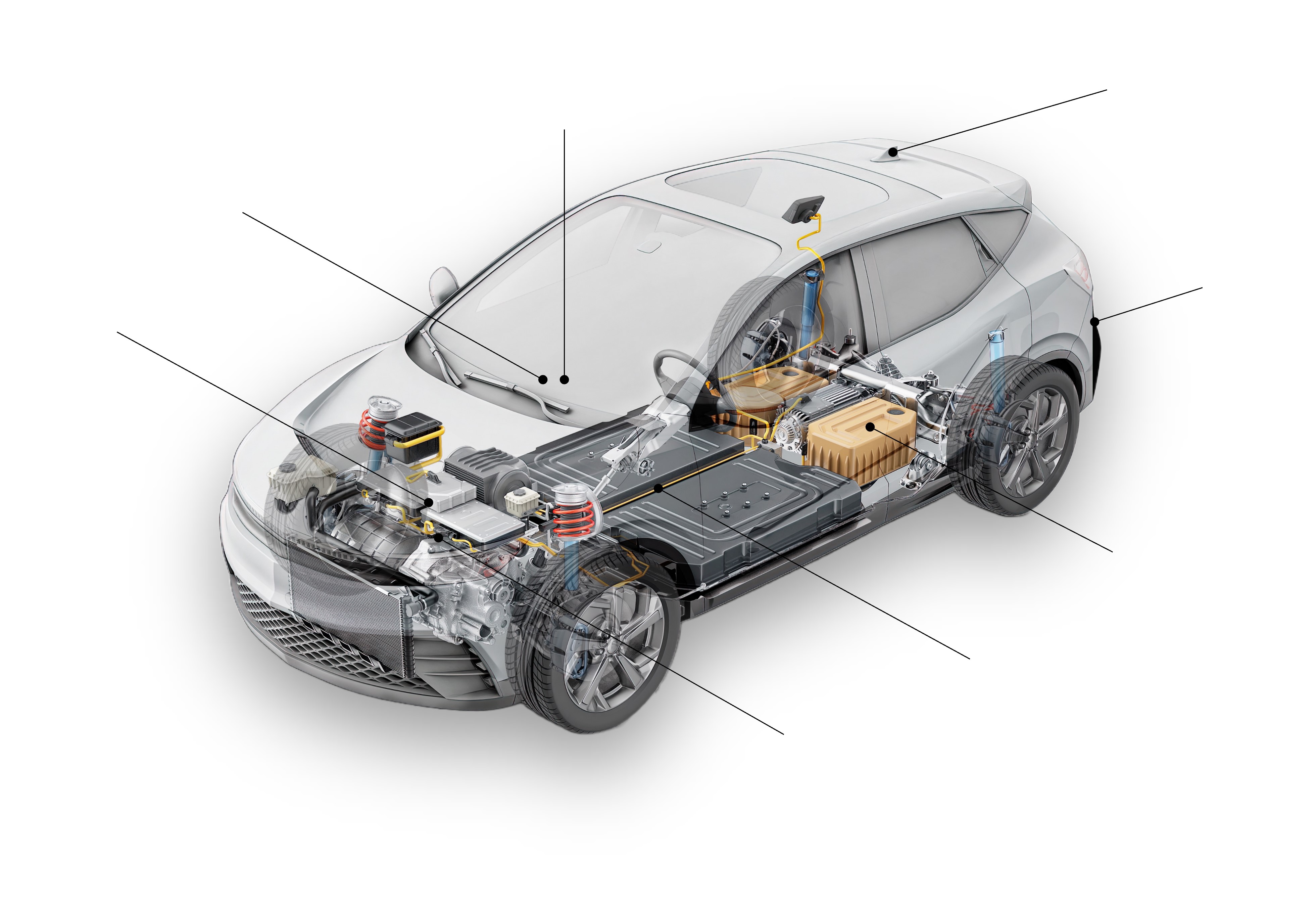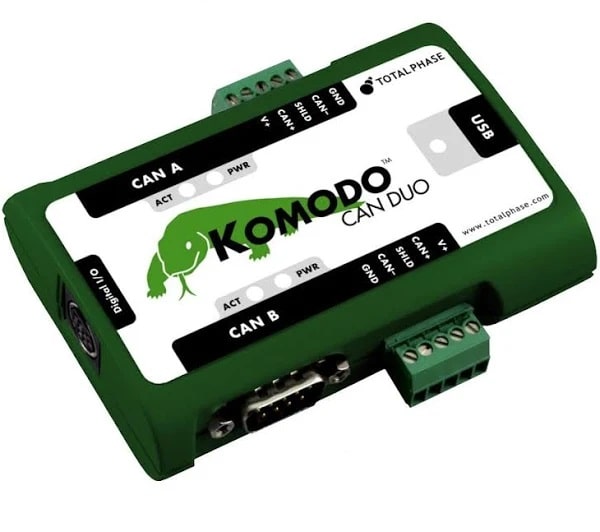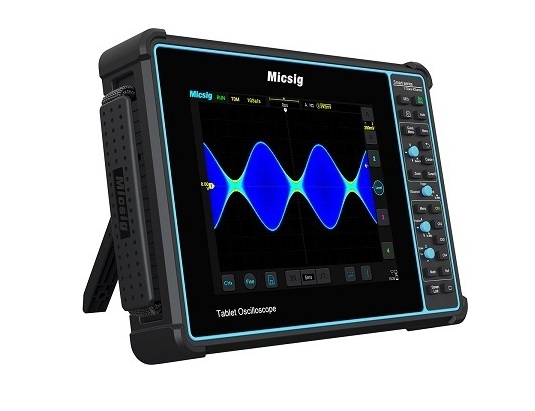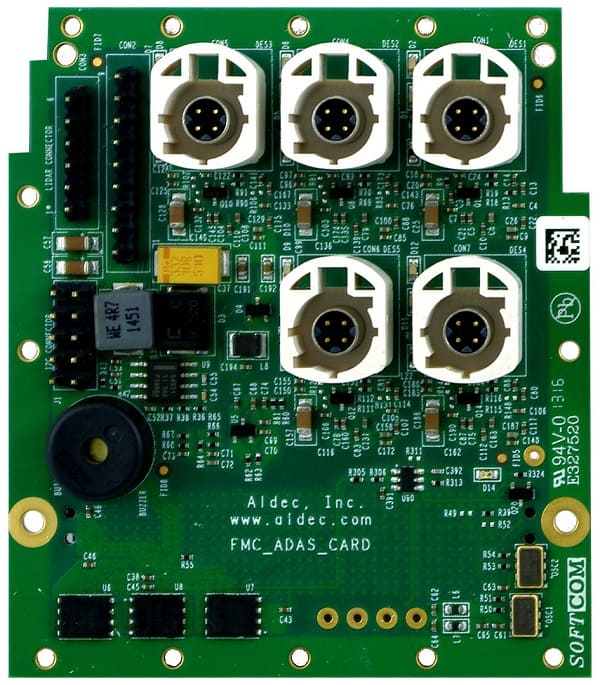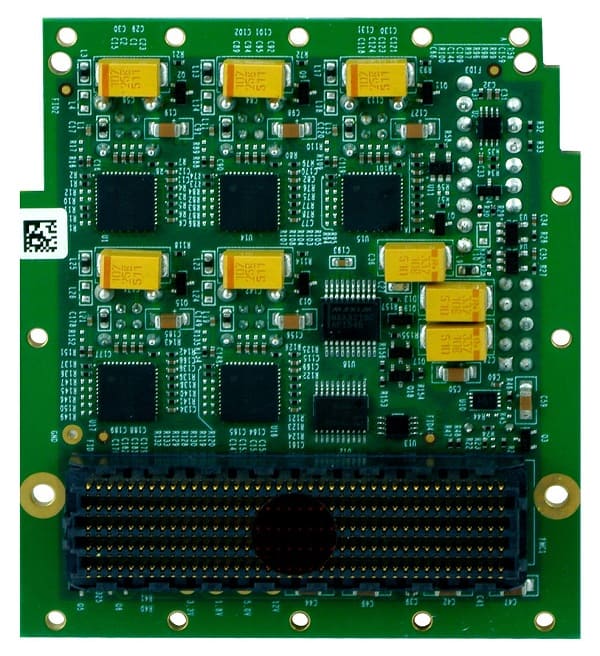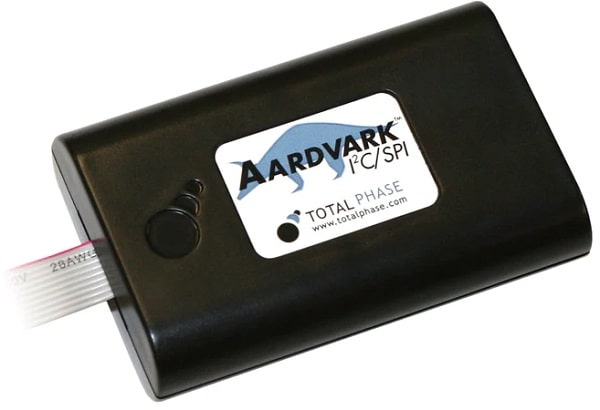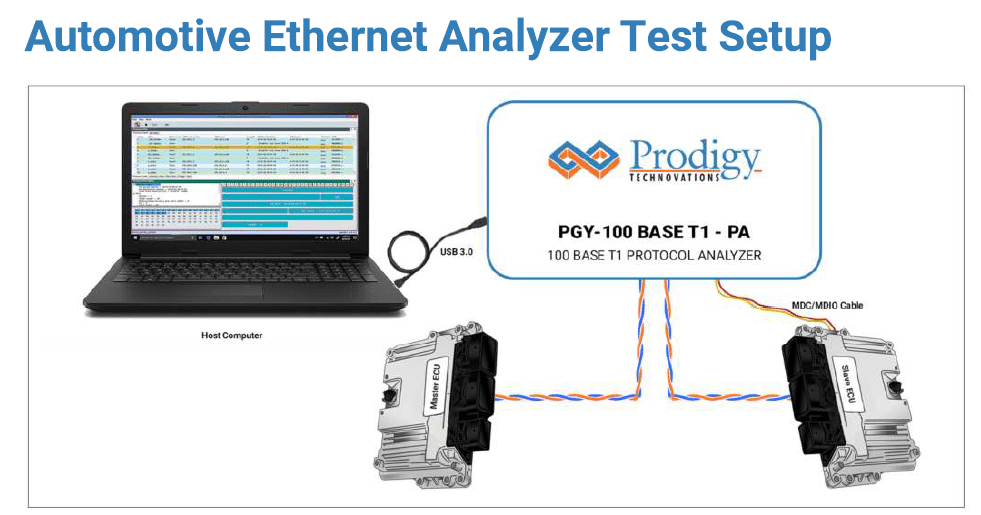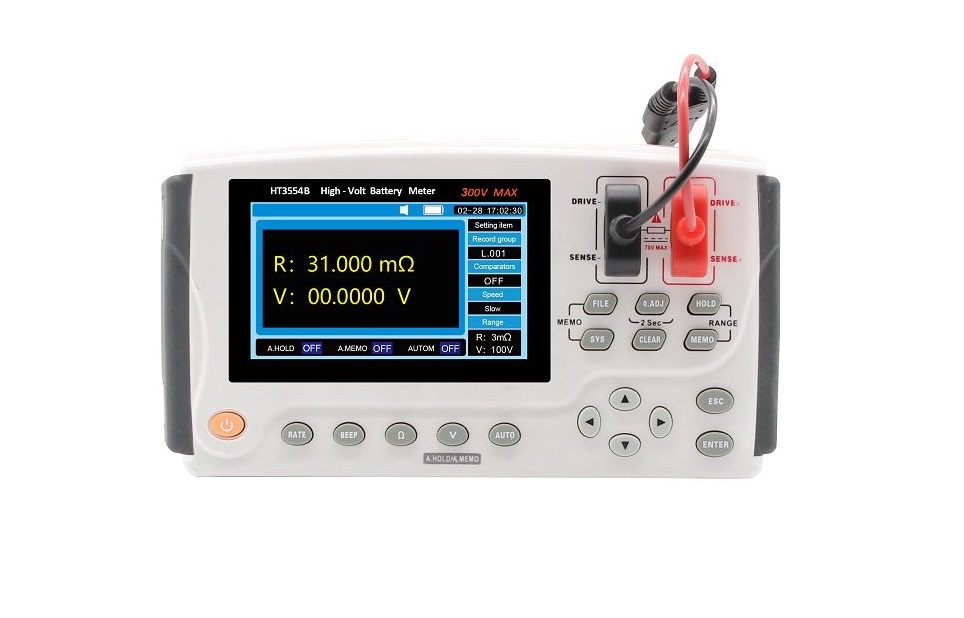Automotive Applications
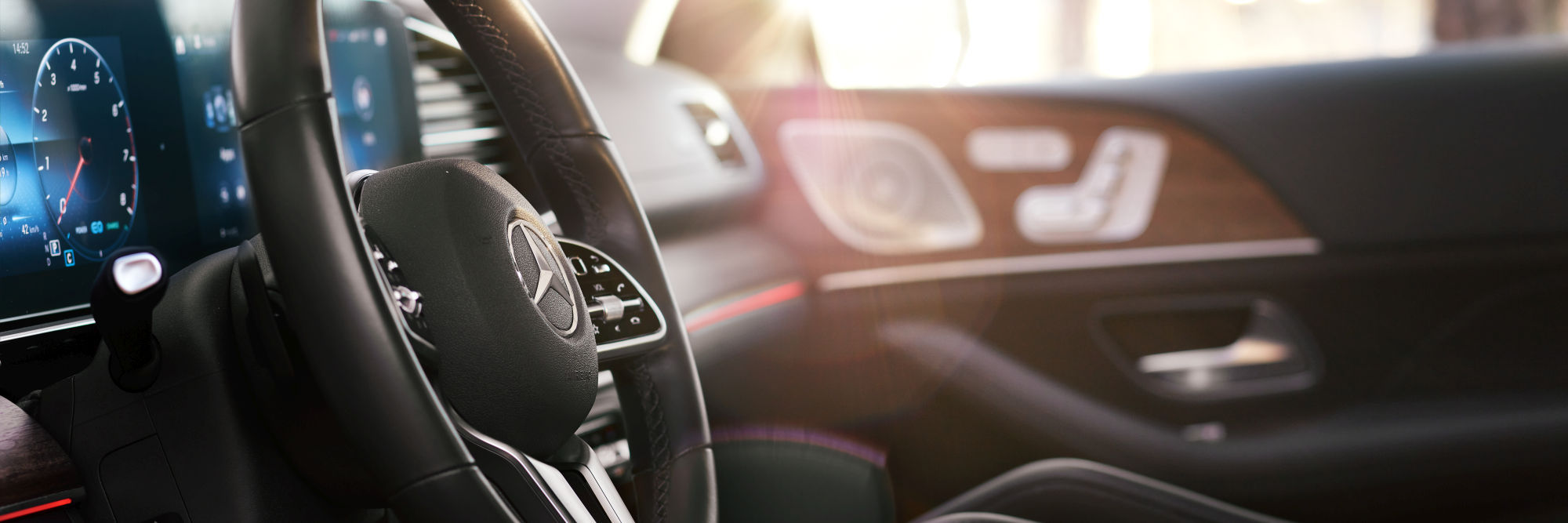
Nowadays, the technology of a vehicle is complex, which makes it difficult to determine a possible fault. We offer solutions for testing, troubleshooting, programming and development for many core electronic components. Among others, we offer solutions for sensors, ECUs, bus networks, battery management, microcontrollers, etc.
Automotive Articles
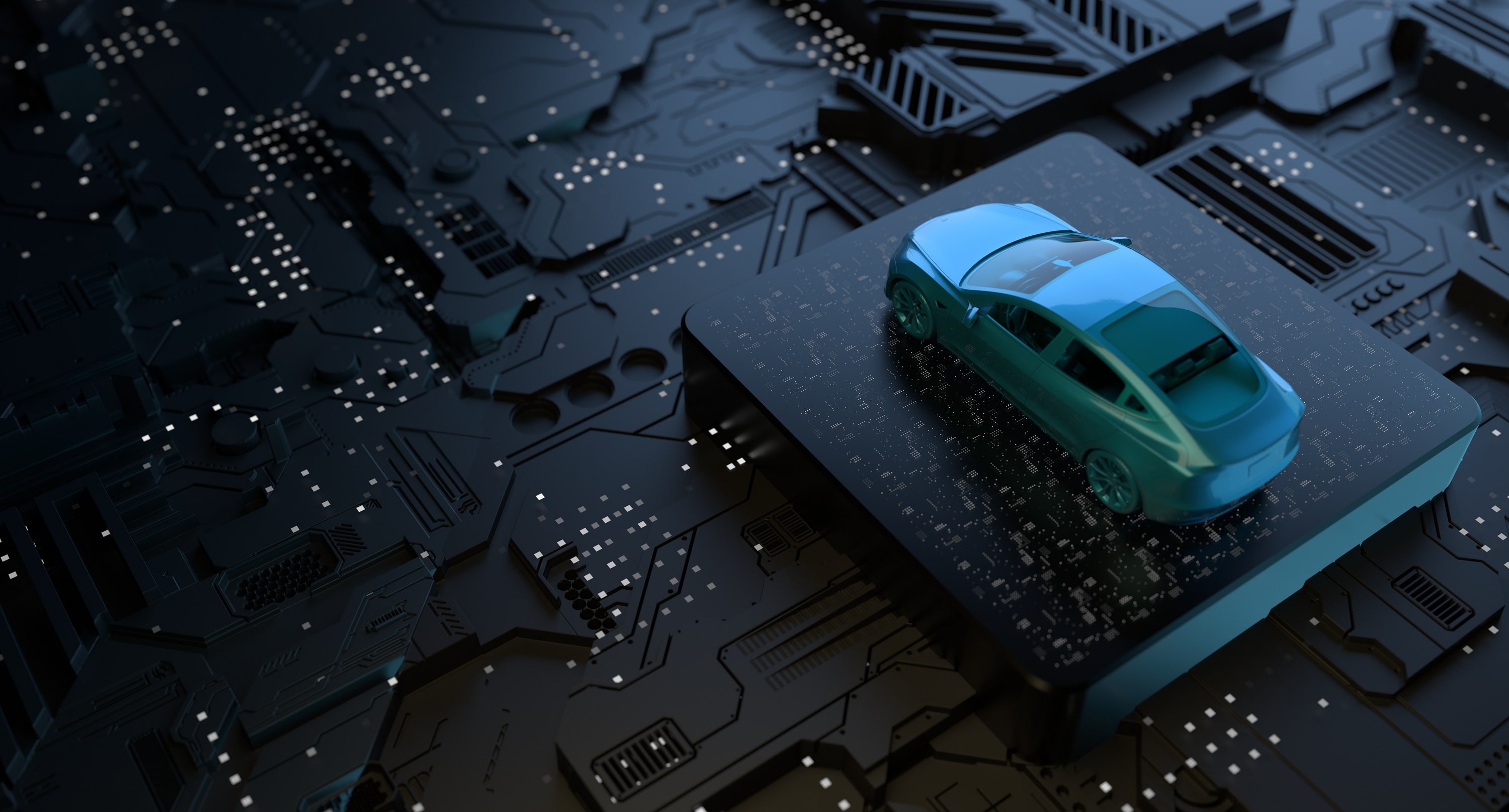
Storage technologies in the automotive sector
A major challenge for semiconductor manufacturers also arises from the product life cycles that are common in industry and automotive engineering.
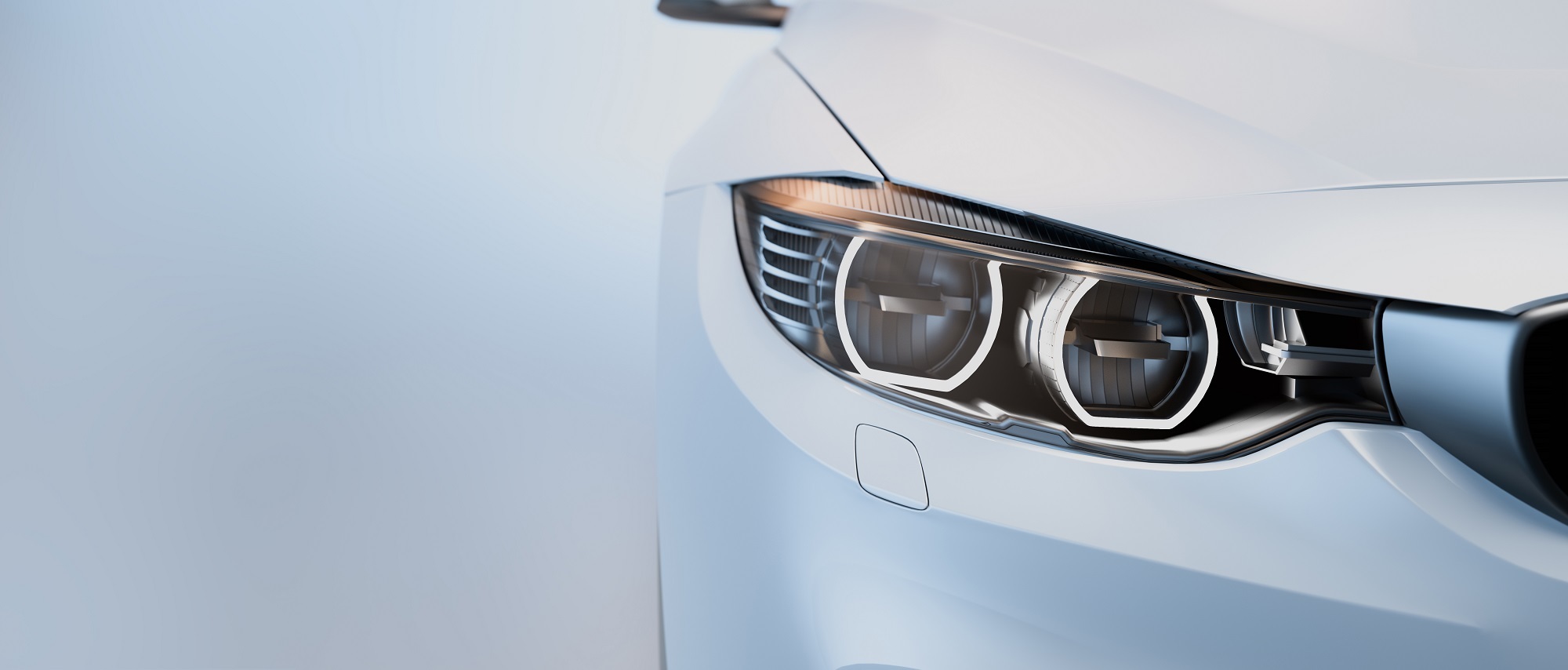
USB Type C & Power Delivery in the automotive sector
As more consumer devices (such as phones, tablets, and laptops) support USB-C and Power Delivery, the need for USB-C and Power Delivery ports in cars increases.
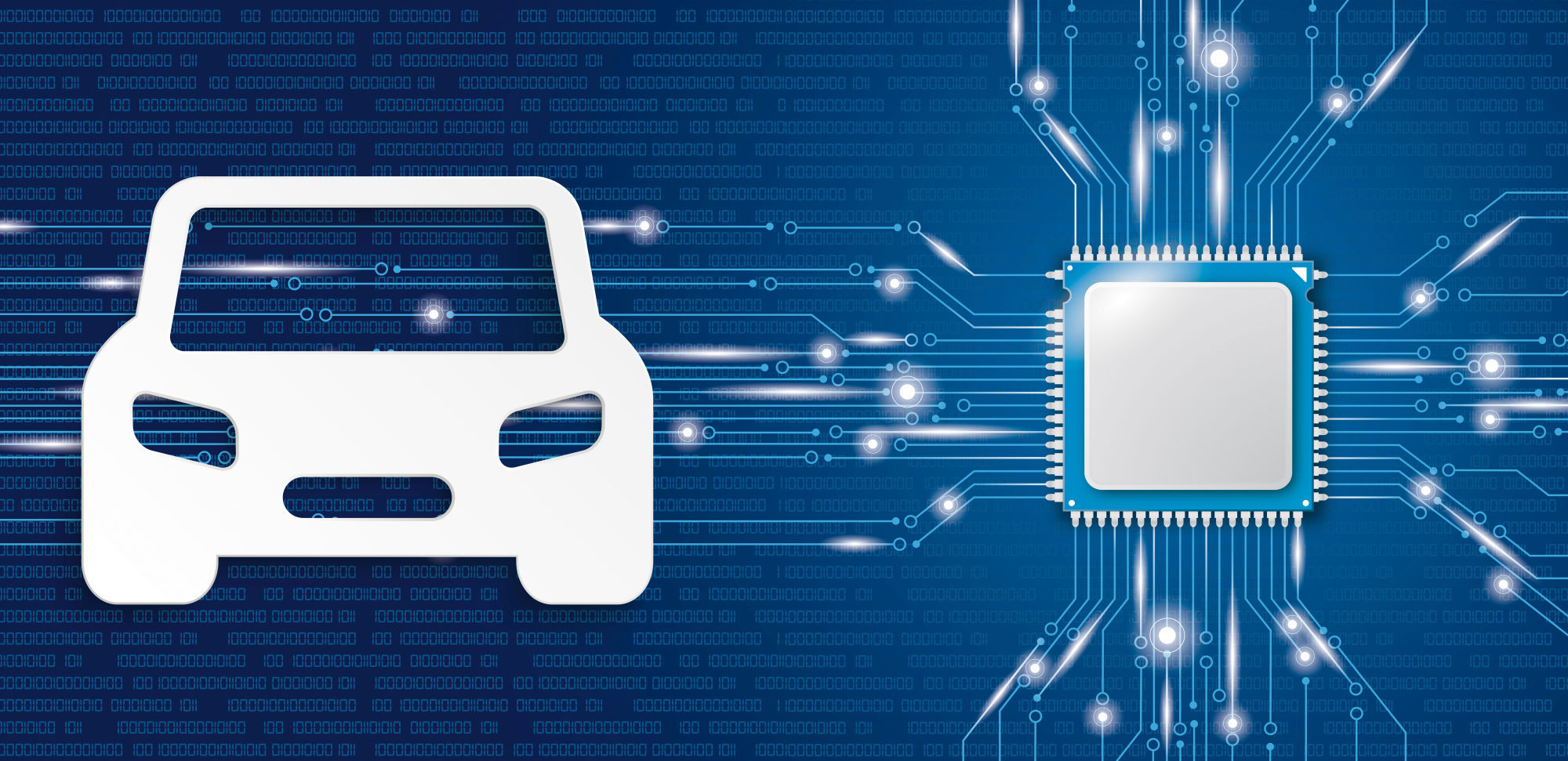
The SPI bus in the automotive sector
SPI ICs have to meet high requirements due to difficult environmental conditions, therefore various IC manufacturers offer devices especially designed for this purpose.

Microcontroller in the automotive sector
Probably the most essential requirement of automotive microcontroller families is clearly the technical security to be brought with them, which is clearly different from consumer device or communication applications.
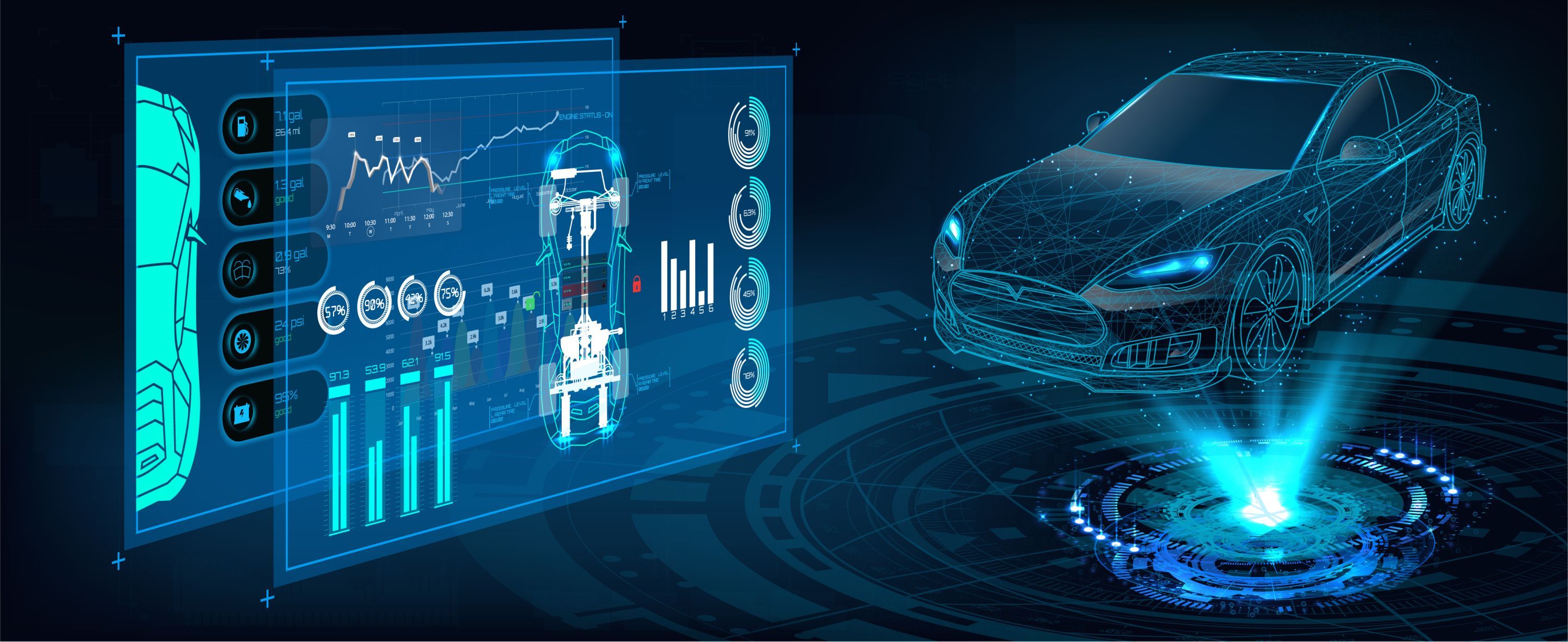
The I3C bus in the automotive sector
I3C has a dynamic address assignment process that standardizes a simple method of recognizing, listing and assigning addresses.

The I2C bus in the automotive sector
Since the I2C components such as EEPROMs have to withstand more difficult environmental influences and higher requirements, various IC manufacturers offer components specially made for this purpose.

The CAN bus in automobiles
The CAN (Controller Area Network) bus was developed by Bosch in 1983 to reduce the weight of cable harnesses in vehicles.
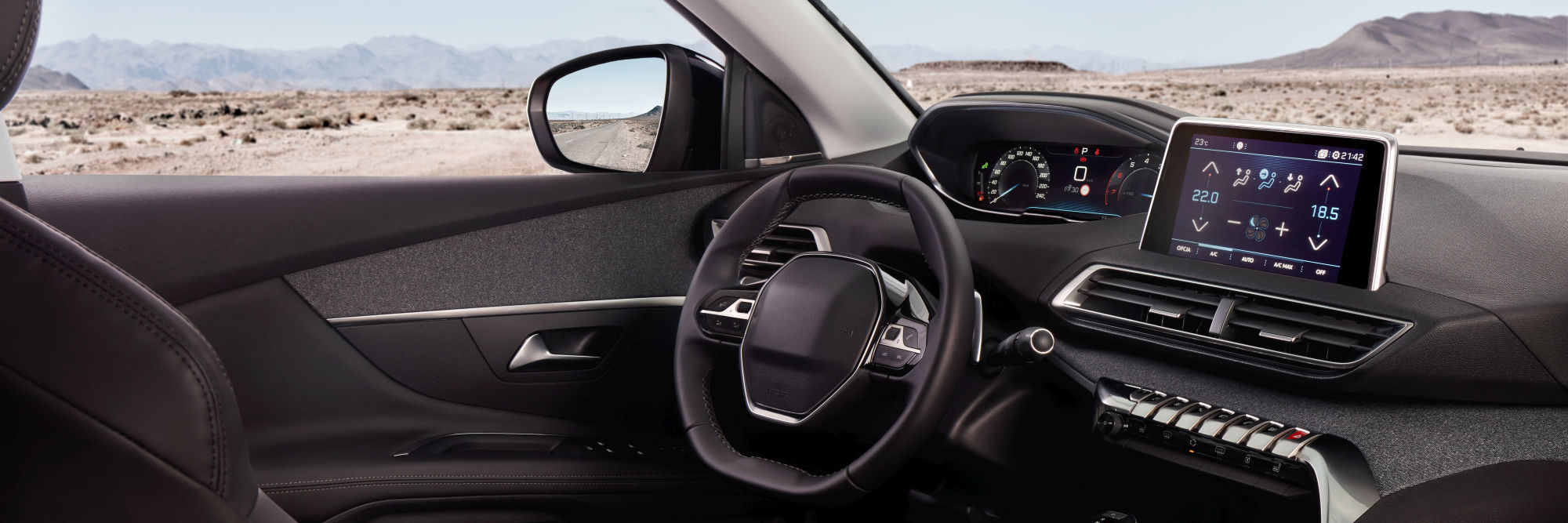
Universal Serial Bus (USB) in the automotive Area
Since the speed of USB 2.0 reaches its limits here, USB 3.0 is used in such applications, which enables a transmission speed of more than 20 times that of USB 2.0.

Automotive Ethernet - Advantages of the bus system
The automotive Ethernet bus enables a higher simulated data throughput, which enables a wide range of future applications.
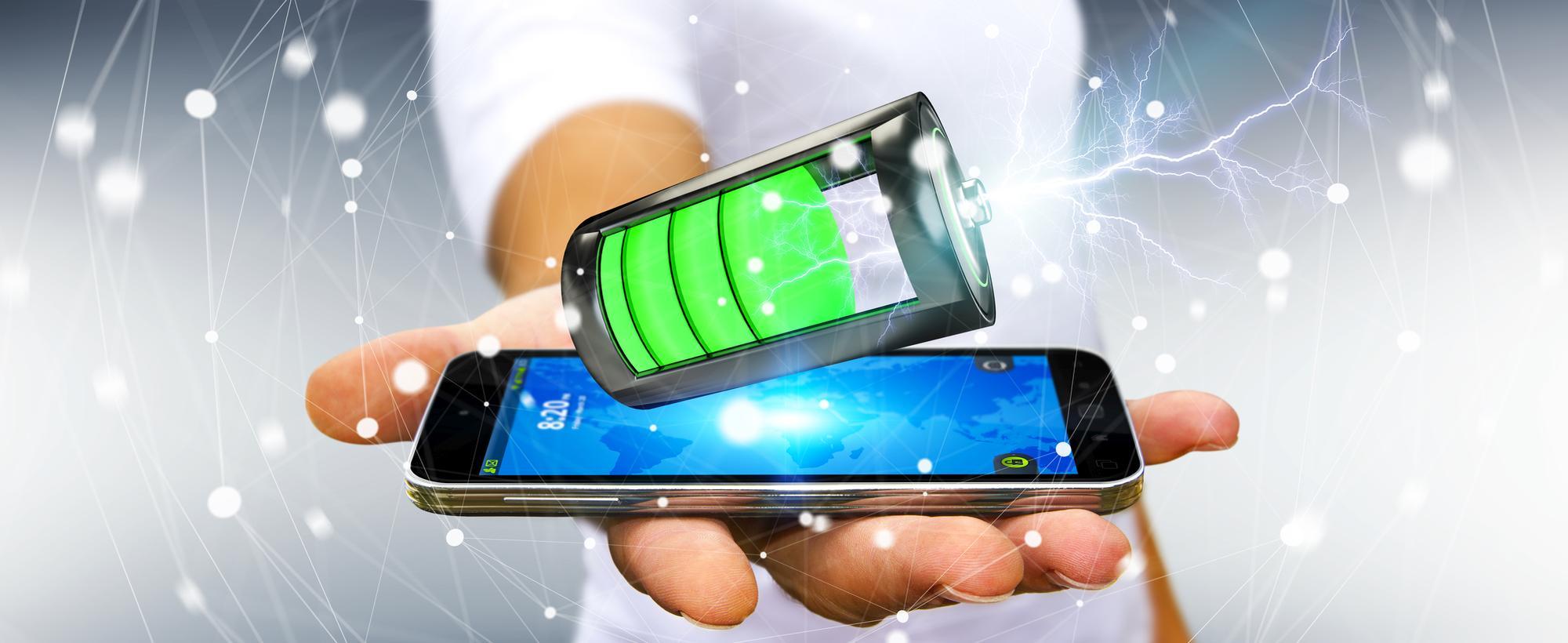
Simulating Daisy Chain SPI for Battery Management Systems
The connection between the slaves and the master in a battery management system is implemented using a daisy chain.
